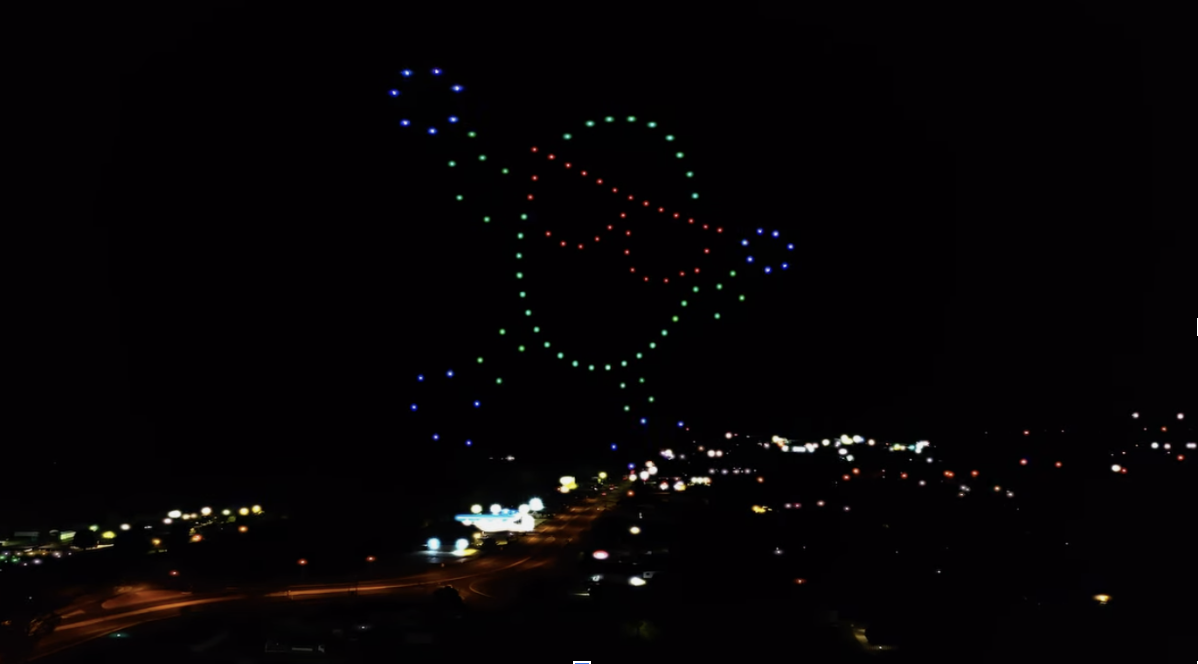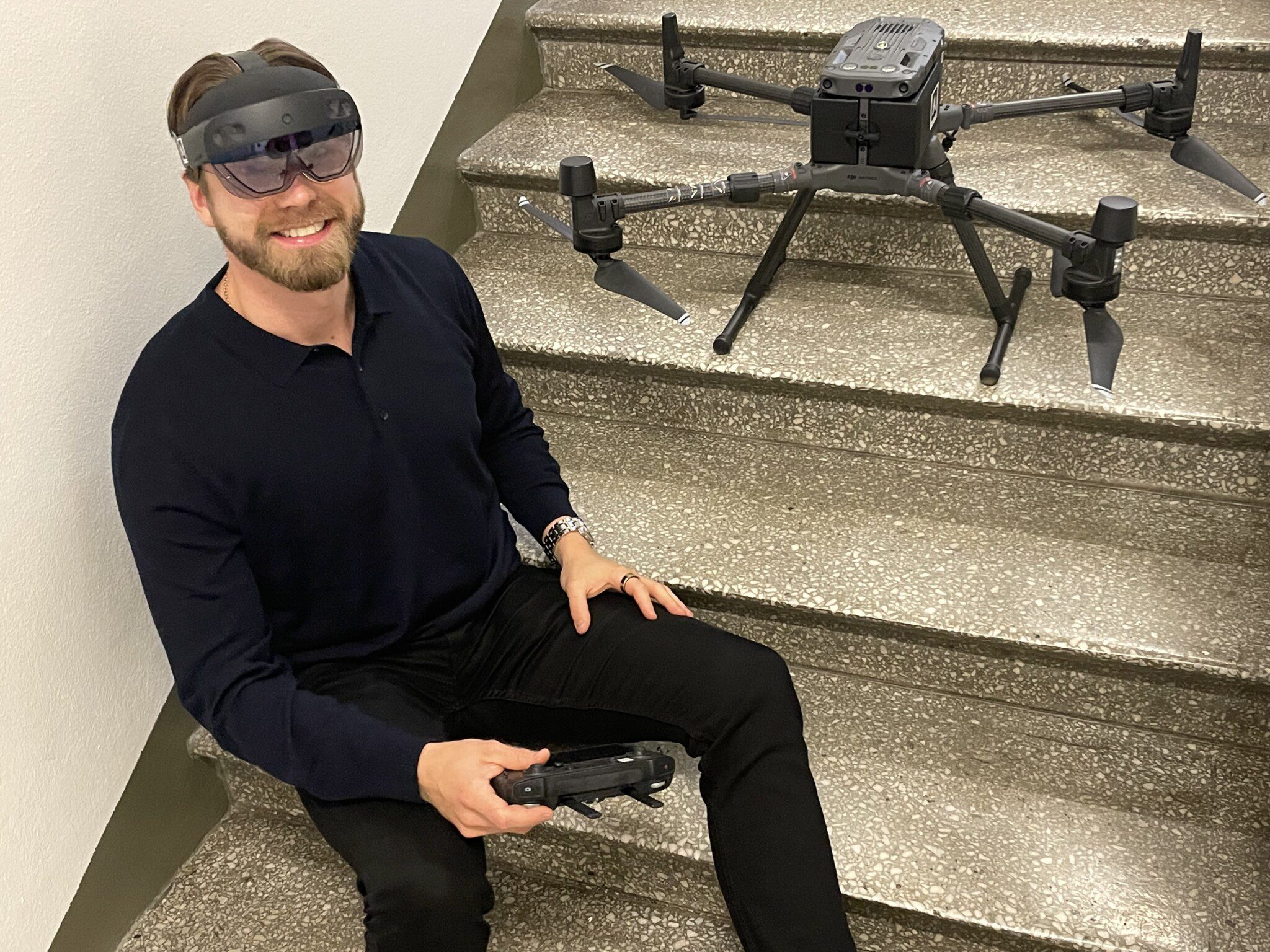Emergency services are undergoing a significant transformation as drones, or unmanned aerial vehicles (UAVs), take on critical roles in life-saving missions. From search and rescue operations to post-disaster recovery, drones are reshaping how quickly and efficiently lives can be saved, providing a fast and often safer alternative to traditional methods.
Rapid Deployment Drones for Faster Rescues
One of the most valuable benefits that drones bring is their ability to be deployed almost instantly. In situations where every second counts, drones equipped with high-definition cameras, thermal imaging, and GPS can quickly scan large areas, identifying and locating individuals in need. For example, in Australia, Surf Life Saving organisations are using drones to identify distressed swimmers and even deliver life-saving devices such as flotation aids. These drones significantly cut response times, providing aid far faster than conventional methods.
Autonomous drones are pushing the boundaries even further. Unlike manually piloted drones, autonomous systems can scan landscapes, detect humans, and transmit GPS data back to rescue teams—all within seconds. Research teams, such as those at the University of Dayton Vision Lab, are developing drones that use advanced deep-learning technologies to mimic human decision-making in chaotic environments. These drones can detect trapped individuals in dense debris, significantly improving rescue success in disaster zones
- Instant deployment: Reduces response time, critical in saving lives.
- Thermal imaging: Quickly identifies heat signatures of people in difficult environments (e.g., dense forests, mountains).
- GPS and real-time data: Helps teams on the ground locate and reach people more efficiently.
- Examples:
- Australian Surf Life-Saving drones detect swimmers in distress and deliver flotation devices SARWASP.
- Autonomous drones can operate independently, scanning areas and detecting humans without manual intervention World Economic Forum.
Rescue Drones helping Crime Prevention and Scene Reconstruction
In addition to rescue operations, drones have been employed to enhance crime prevention and scene reconstruction. In Mexico, drones have been instrumental in reducing crime, with one surveillance drone in Ensenada leading to over 500 arrests. By providing aerial overviews and recording 3D models of crime scenes, drones assist investigators in documenting incidents accurately, helping streamline legal processes.
- Crime reduction: Surveillance drones in Ensenada, Mexico, led to 500+ arrests by providing real-time monitoring.
- 3D scene reconstruction: Drones use advanced imaging to create accurate models of crime or accident scenes for investigation purposes.
- Documentation aid: Provides clear, unbiased evidence for legal proceedings, reducing human error.
Post-Disaster Recovery Rescue Drones
Drones play a pivotal role in the aftermath of disasters by assessing structural damage and aiding in the restoration of essential services. Drones equipped with advanced sensors can navigate hazardous environments, deliver supplies and even establish temporary communication networks when traditional infrastructure is damaged. This capability allows drones to support recovery efforts by maintaining crucial lifelines between rescue teams and affected communities
- Structural assessment: Drones are used to survey damage and identify areas needing urgent attention.
- Aid delivery: They deliver essential supplies (food, water, medicine) to cut-off or hard-to-reach areas.
- Communication: Drones can set up temporary communication networks when infrastructure is down.
- Real-world examples: Autonomous drones are tested during natural disasters like hurricanes and floods to rescue survivors.
Rescue Drones Used in Global Implementations and Trials
Numerous countries are conducting trials and implementations that showcase the expanding capabilities of drones in rescue missions. In the UK, DJI drones are being tested to deliver medical supplies to hard-to-reach areas, while Australia’s police force is trialling drones for search and rescue missions in remote locations, especially in areas prone to natural disasters like bushfires. In the U.S., teams like the W.A.S.P (Wide Aerial Search Partner) network deploy volunteer drone pilots for real-time aerial mapping and video feedback, supporting ground rescue teams
- UK: DJI drones are tested for delivering medical supplies to remote locations.
- Australia: Police and Surf Life Saving teams are trialling drones for various rescue missions (bushfires, water rescues).
- WASP Network: An international network of volunteer drone pilots aiding in search and rescue missions with real-time mapping and GPS tracking.
- U.S: Autonomous drones are tested in natural disaster zones to identify survivors quickly and safely.
Similarly, drones are transforming emergency responses in extreme weather events. Autonomous drones are being tested in regions hit by hurricanes and floods, where they can operate in dangerous conditions that are too risky for human responders. For example, during flash floods, drones can cover vast areas, identify survivors, and guide rescue teams to their locations safely
Future Technological Advancements in Rescue Drone Technology
As drone technology evolves, we are likely to see the emergence of hybrid drones that combine electric and combustion engines, extending flight times and payload capacities. These advancements will allow drones to perform longer, more complex missions, making them even more indispensable in emergency services.
In the near future, we can expect drones equipped with advanced artificial intelligence (AI) systems capable of processing large volumes of data in real-time, detecting signs of life through debris, and even performing autonomous decision-making during search and rescue missions. As these technologies mature, the scope and effectiveness of drones in public safety will only grow.
- Hybrid drones: Combining electric and combustion engines to extend flight times and payload capacities, enabling longer missions.
- AI integration: Advanced artificial intelligence will allow drones to make autonomous decisions, processing real-time data to identify survivors under debris or in hazardous zones.
- Impact: Drones will transform emergency services, performing even more complex and sustained rescue missions.
Conclusion
Drones are swiftly becoming an essential asset in emergency services, offering unparalleled speed, situational awareness, and safety in life-threatening situations. With ongoing trials and advancements in drone technology, the future holds exciting prospects for their use in increasingly complex rescue missions. As these aerial responders continue to evolve, they are destined to become critical tools in saving lives worldwide.
How Are Drone Shows Made?
Drone Sky Shows is Australia’s leading Drone Entertainment provider, learn more about how we create shows for events.






